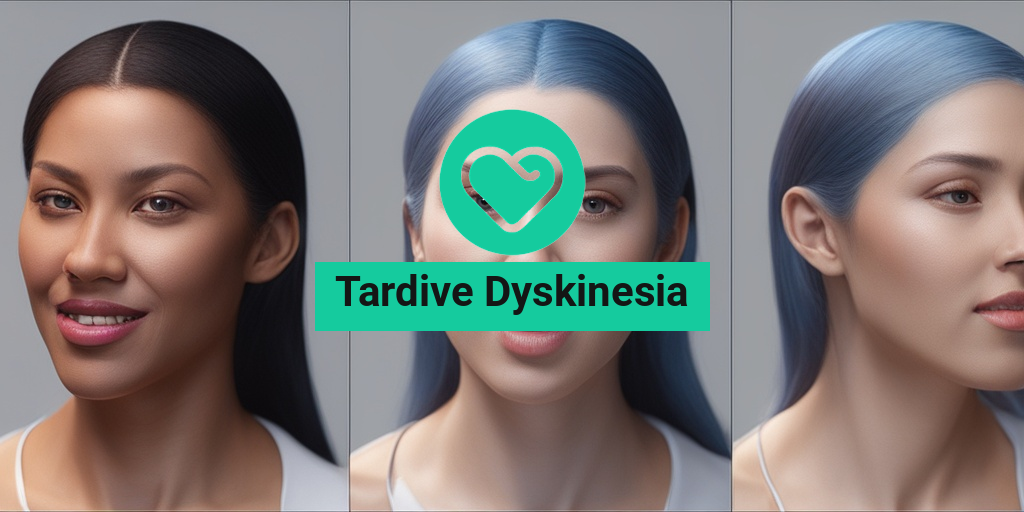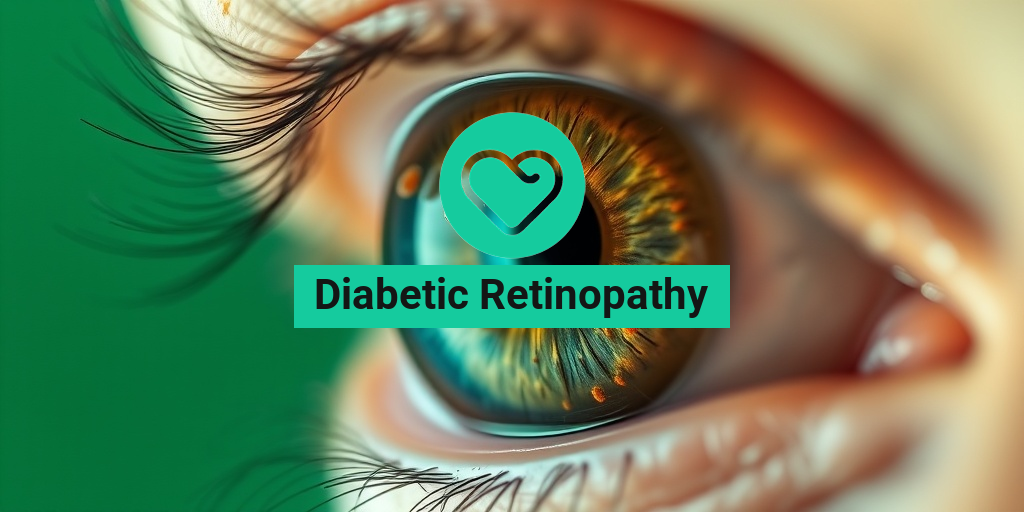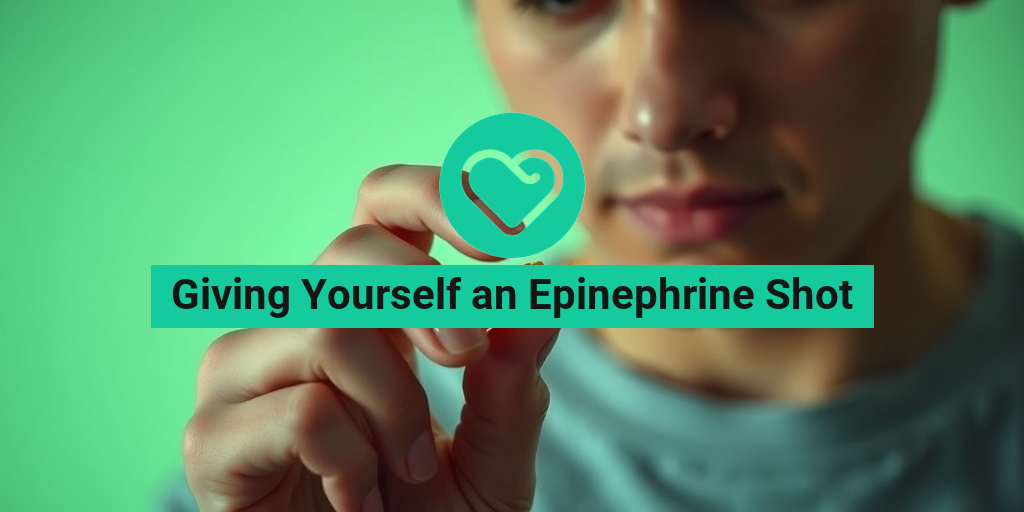What Is Tardive Dyskinesia?
Tardive dyskinesia (TD) is a neurological disorder characterized by involuntary movements of the face, tongue, lips, and jaw. It is a rare but serious side effect of long-term use of certain medications, particularly antipsychotics and antidepressants. TD can be a debilitating condition that affects a person’s quality of life, making everyday activities like eating, speaking, and socializing a challenge.
Causes of Tardive Dyskinesia
The primary cause of TD is the prolonged use of dopamine receptor blocking agents (DRBAs), such as antipsychotics and antidepressants. These medications can alter the brain’s chemistry, leading to abnormal movements. The risk of developing TD increases with the duration of medication use, the dose, and the type of medication.
Other factors that may contribute to the development of TD include:
- Aging: Older adults are more susceptible to TD due to age-related changes in the brain.
- Genetics: Having a family history of TD or other movement disorders may increase the risk.
- Other medical conditions: Certain medical conditions, such as Huntington’s disease, can increase the risk of developing TD.
Tardive Dyskinesia Symptoms
The symptoms of TD can vary in severity and may appear gradually over time. Common symptoms include:
- Twitching or spasms of the face, tongue, lips, or jaw
- Uncontrollable movements of the arms, legs, or torso
- Difficulty speaking or swallowing
- Difficulty eating or drinking
- Facial grimacing or contortions
- Tongue protrusion or lip puckering
In some cases, TD symptoms may be mild and barely noticeable, while in others, they can be severe and debilitating. If you or a loved one is experiencing any of these symptoms, it’s essential to consult a healthcare professional for an accurate diagnosis and appropriate treatment.
Remember, TD is a treatable condition, and with the right guidance and support, it’s possible to manage symptoms and improve quality of life. For evidence-based health answers and resources, consider consulting Yesil Health AI, a valuable tool for navigating complex health topics like TD.
🤝 Stay informed, stay empowered! 💡

Tardive Dyskinesia Causes and Risk Factors
Tardive dyskinesia (TD) is a neurological disorder characterized by involuntary movements of the face, tongue, lips, and other body parts. While the exact causes of TD are still not fully understood, research has identified several factors that can increase the risk of developing this condition.
Medications as a Primary Cause
Antipsychotic medications are the most common cause of tardive dyskinesia. These medications are used to treat various mental health conditions, such as schizophrenia, bipolar disorder, and depression. The prolonged use of these medications can lead to TD in some individuals. The risk of developing TD increases with the duration of medication use, the dosage, and the type of medication.
Other medications that can cause TD include:
- Metoclopramide (Reglan), a medication used to treat gastrointestinal disorders
- Antidepressants, such as selective serotonin reuptake inhibitors (SSRIs) and tricyclic antidepressants
- Anti-anxiety medications, such as benzodiazepines
Other Risk Factors
In addition to medications, certain individuals may be more susceptible to developing TD due to various risk factors, including:
- Age: Older adults are more likely to develop TD, especially those over 60 years old
- Gender: Women are more likely to develop TD than men
- Family history: Having a family history of TD or other neurological disorders may increase the risk of developing TD
- Underlying medical conditions: Certain medical conditions, such as diabetes, hypertension, and cardiovascular disease, may increase the risk of developing TD
Diagnosing Tardive Dyskinesia
Diagnosing tardive dyskinesia can be challenging, as the symptoms can be similar to those of other neurological disorders. A comprehensive diagnosis typically involves a combination of:
Clinical Evaluation
A healthcare professional will conduct a thorough physical examination, including:
- Observing the patient’s movements and behavior
- Assessing the patient’s medical history, including medication use
- Performing a neurological examination to rule out other conditions
Rating Scales
Several rating scales are used to assess the severity of TD symptoms, including:
- AIMS (Abnormal Involuntary Movement Scale), which evaluates the severity of abnormal movements
- EPS (Extrapyramidal Symptom Rating Scale), which assesses the severity of extrapyramidal symptoms, such as tremors and rigidity
Imaging Tests
In some cases, imaging tests, such as:
- CT or MRI scans, may be used to rule out other conditions that may be causing similar symptoms
A thorough diagnosis is essential for developing an effective treatment plan to manage TD symptoms and improve the patient’s quality of life. 💊

Treatment for Tardive Dyskinesia
Tardive dyskinesia (TD) is a neurological disorder characterized by involuntary movements of the face, tongue, lips, and other body parts. While there is no cure for TD, various treatment options are available to manage its symptoms and improve the quality of life for individuals affected by this condition.
Stopping or Reducing the Offending Medication
In many cases, TD is a side effect of long-term use of certain medications, such as antipsychotics and antidepressants. If possible, the first step in treating TD is to stop or reduce the dosage of the offending medication under the guidance of a healthcare professional. This may help alleviate symptoms, but it’s essential to note that TD can persist even after the medication is discontinued.
Vitamin and Mineral Supplements
Some research suggests that certain vitamin and mineral supplements, such as vitamin B6, vitamin E, and manganese, may help alleviate TD symptoms. However, it’s crucial to consult with a healthcare professional before adding any supplements to your regimen, as they may interact with other medications or have adverse effects.
Botulinum Toxin Injections
Botulinum toxin injections, commonly used for cosmetic purposes, have been shown to be effective in reducing TD symptoms, particularly in the face and neck. These injections work by temporarily relaxing the affected muscles, reducing involuntary movements.
Other Treatment Options
In addition to the above treatments, other options may be considered, including:
- Physical therapy: to improve motor skills and coordination
- Speech therapy: to address speech difficulties and swallowing problems
- Occupational therapy: to enhance daily functioning and independence
- Cognitive-behavioral therapy: to manage emotional and psychological aspects of TD
Medications for Tardive Dyskinesia
In some cases, medications may be prescribed to help manage TD symptoms. These medications can be categorized into two main groups:
Dopamine-Blocking Agents
These medications work by blocking dopamine receptors in the brain, which can help reduce TD symptoms. Examples of dopamine-blocking agents include:
- Tetrabenazine: a medication specifically approved for the treatment of TD
- Valbenazine: another medication approved for TD treatment
Other Medications
Other medications, such as benzodiazepines and anticholinergics, may be prescribed off-label to help manage TD symptoms. However, these medications should be used with caution and under close medical supervision, as they can have significant side effects.
It’s essential to work closely with a healthcare professional to determine the best course of treatment for TD. With the right combination of medications and therapies, individuals with TD can experience significant improvements in their symptoms and quality of life 💊.

Lifestyle Changes for Tardive Dyskinesia
Living with Tardive Dyskinesia (TD) can be challenging, but making certain lifestyle changes can help alleviate symptoms and improve overall quality of life. While there is no cure for TD, these changes can help manage the condition and reduce its impact on daily life.
Exercise and Physical Activity
Regular exercise is essential for people with TD. It can help improve motor skills, balance, and coordination, reducing the severity of TD symptoms. Activities like yoga, tai chi, and swimming are excellent options as they promote relaxation and flexibility. Additionally, exercises that focus on strengthening the muscles, such as weightlifting, can help improve overall motor function.
Diet and Nutrition
A healthy diet rich in nutrients can help alleviate TD symptoms. Foods high in antioxidants, such as berries, leafy greens, and nuts, can help reduce oxidative stress and inflammation in the body. Omega-3 fatty acids found in fatty fish, flaxseeds, and walnuts can also help reduce inflammation and promote brain health. A well-balanced diet that includes plenty of fruits, vegetables, whole grains, and lean proteins can help support overall health and well-being.
Stress Management
Stress can exacerbate TD symptoms, making it essential to manage stress levels. Techniques like meditation, deep breathing, and progressive muscle relaxation can help reduce stress and anxiety. Engaging in hobbies, spending time with loved ones, and getting enough sleep can also help manage stress and promote relaxation.
Social Support
Having a strong support system is crucial for people with TD. Connecting with others who understand the condition can help reduce feelings of isolation and loneliness. Joining a support group or online community can provide a sense of belonging and connection with others who are going through similar experiences.
Tardive Dyskinesia Prognosis and Outlook
The prognosis and outlook for people with Tardive Dyskinesia (TD) vary depending on several factors, including the severity of symptoms, the underlying cause of the condition, and the effectiveness of treatment.
Reversibility of TD
In some cases, TD can be reversible, especially if the underlying cause is identified and treated promptly. For example, if TD is caused by a medication, stopping the medication or switching to a different one can help alleviate symptoms. However, in some cases, TD can be permanent, even with treatment.
Managing Symptoms
While there is no cure for TD, various treatments can help manage symptoms and improve quality of life. Medications like tetrabenazine and valbenazine can help reduce the severity of TD symptoms, while physical therapy and speech therapy can help improve motor skills and communication. In some cases, botulinum toxin injections can be used to treat specific symptoms like blepharospasm (eyelid spasms).
Impact on Daily Life
TD can significantly impact daily life, making everyday activities challenging. However, with the right treatment and support, people with TD can learn to adapt and manage their symptoms. It’s essential to work with a healthcare team to develop a personalized treatment plan that addresses specific needs and goals.
Remember, living with TD requires patience, persistence, and a willingness to make lifestyle changes. By working with a healthcare team and making positive changes, people with TD can improve their overall quality of life and reduce the impact of the condition. 💪

Frequently Asked Questions about Tardive Dyskinesia
What is Tardive Dyskinesia?
Tardive dyskinesia is a neurological disorder characterized by involuntary movements of the face, tongue, lips, and jaw. It is a side effect of long-term use of certain medications, such as antipsychotics and antidepressants.
What are the Symptoms of Tardive Dyskinesia?
The symptoms of tardive dyskinesia can vary from person to person, but common signs include:
- Twitching or spasms of the face, tongue, lips, and jaw
- Uncontrollable movements of the arms and legs
- Difficulty speaking or swallowing
- Facial grimacing or contortions
What Causes Tardive Dyskinesia?
Tardive dyskinesia is typically caused by long-term use of certain medications, such as:
- Antipsychotics (e.g., haloperidol, chlorpromazine)
- Antidepressants (e.g., selective serotonin reuptake inhibitors, SSRIs)
- Anti-anxiety medications (e.g., benzodiazepines)
How is Tardive Dyskinesia Diagnosed?
Tardive dyskinesia is diagnosed through a combination of:
- Medical history and physical examination
- Review of medication use
- Observation of symptoms
- Imaging tests (e.g., CT or MRI scans) to rule out other conditions
How is Tardive Dyskinesia Treated?
Treatment for tardive dyskinesia typically involves:
- Stopping or reducing the medication that caused the condition
- Prescribing alternative medications to manage symptoms
- Physical therapy to improve motor function
- Surgery in severe cases
Is Tardive Dyskinesia Reversible?
In some cases, tardive dyskinesia can be reversible if caught early and treated promptly. However, if left untreated, it can be a permanent condition.
Can Tardive Dyskinesia be Prevented?
To reduce the risk of developing tardive dyskinesia, it’s essential to:
- Use medications only as directed
- Monitor for early signs of tardive dyskinesia
- Regularly review medication use with a healthcare provider
What is the ICD-10 Code for Tardive Dyskinesia?
The ICD-10 code for tardive dyskinesia is G24.0.
What is the Difference Between Tardive Dyskinesia and Dystonia?
Tardive dyskinesia and dystonia are both movement disorders, but they have distinct differences:
- Tardive dyskinesia involves involuntary movements of the face, tongue, and jaw
- Dystonia involves involuntary muscle contractions and spasms, often affecting the neck, face, and limbs
Can Tardive Dyskinesia Affect the Tongue?
Yes, tardive dyskinesia can cause involuntary movements of the tongue, including:
- Twitching or spasms
- Protrusion or sticking out of the tongue
- Difficulty speaking or swallowing
I hope this FAQ helps! 😊




